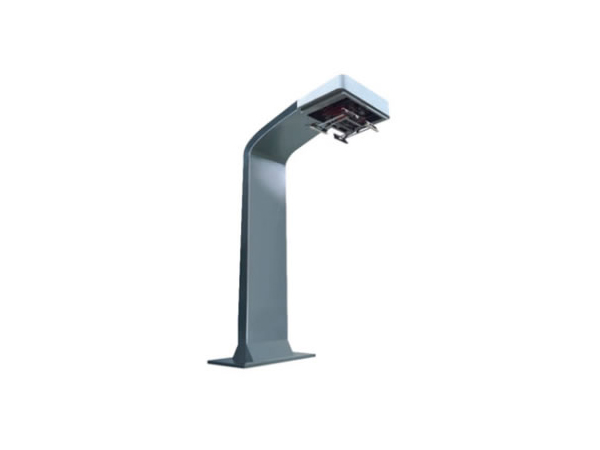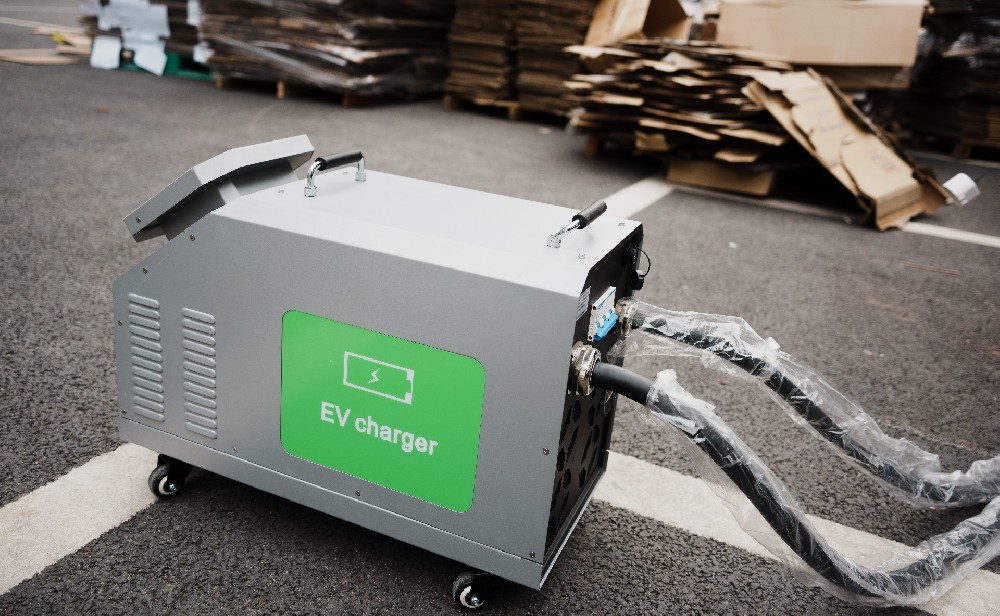-
13822183778@139.com
-
13822183778
Principles of AC Charging Stations and Characteristics of AC Charging Stations for Electric Vehicles
Electric vehicle AC charging station, commonly known as "slow charging", is a power supply device that is fixedly installed outside the electric vehicle, connected to the AC power grid, and provides AC power to the electric vehicle on-board charger (i.e. the charger fixedly installed on the electric vehicle). The communication charging station only provides power output and does not have charging function. It needs to be connected to a car charger to charge the electric vehicle. It is equivalent to just playing a role in controlling the power supply. What is the principle of AC charging pile? What is the structure of the AC charging pile?
Principle of Communication Charging Station
An AC charging station is essentially a controlled socket that outputs AC single-phase electricity (220V for household use). It requires the on-board charger to perform voltage transformation and rectification on its own, and is limited by the power of the on-board charger. Generally, the power is small, with 3.3kw and 7kw being the most common.
Characteristics of Communication Charging Station Functions
(1) The human-computer interaction interface adopts a large LCD color touch screen, and charging can choose four modes: fixed battery level, fixed time, fixed amount, and automatic (until fully charged); Display the current charging mode, time (charged time, remaining charging time), battery level (charged power, to be charged power), and current billing information.
(2) Supports multiple payment methods such as card swiping and QR code scanning.
(3) Meet the standards of GB/T 20234.1-2015, GB/T 20234.2-2015, GB/T 18487.1-2015, etc.
(4) Touch screen display, user-friendly human-machine interface, easy to operate and maintain.
(5) Rich communication interfaces, compatible with all vehicle BMS protocols and charging backend protocols.
(6) Complete protection functions: overvoltage protection, undervoltage protection, overload protection, short circuit protection, leakage protection, etc.

In addition to the above characteristics, simple AC charging stations for household use can be operated conveniently, such as plug and play charging or card swiping to start charging without charging.
The difference between DC charging station and AC charging station
DC charging station: DC electric vehicle charging station, commonly known as "fast charging", is a power supply device that is fixedly installed outside the electric vehicle, connected to the AC power grid, and can provide DC power for the power battery of non vehicle electric vehicles. The input voltage of the DC charging station is three-phase five wire AC380V ± 15%, with a frequency of 50Hz, and the output is adjustable DC power, which directly charges the power battery of the electric vehicle. Due to the use of a three-phase five wire power supply for DC charging stations, sufficient power can be provided, and the output voltage and current adjustment range can be adjusted
Large enough to meet the requirements of fast charging.
AC charging station: AC electric vehicle charging station, commonly known as "slow charging", is a power supply device that is fixedly installed outside the electric vehicle, connected to the AC power grid, and provides AC power to the electric vehicle on-board charger (i.e. the charger fixedly installed on the electric vehicle). The communication charging station only provides power output and does not have charging function. It needs to be connected to a car charger to charge the electric vehicle. It is equivalent to just playing a role in controlling the power supply.
The difference between the two: Simply put, AC charging stations require the use of on-board chargers for charging, while DC fast charging stations do not require this equipment. There is a significant difference in charging speed between the two. It takes about 8 hours to fully discharge a pure electric vehicle (with a regular battery capacity) and charge it with a 7KW AC charging station, while it only takes about 1 hour with a DC fast charging station. The communication charging station provides power input to the electric vehicle charger, but due to the small power of the on-board charger, fast charging cannot be achieved.
 How long does it take to charge ···
How long does it take to charge ···
 DC Fast Charging CCS type 2 plug
DC Fast Charging CCS type 2 plug
 The high-voltage and high-curren···
The high-voltage and high-curren···


